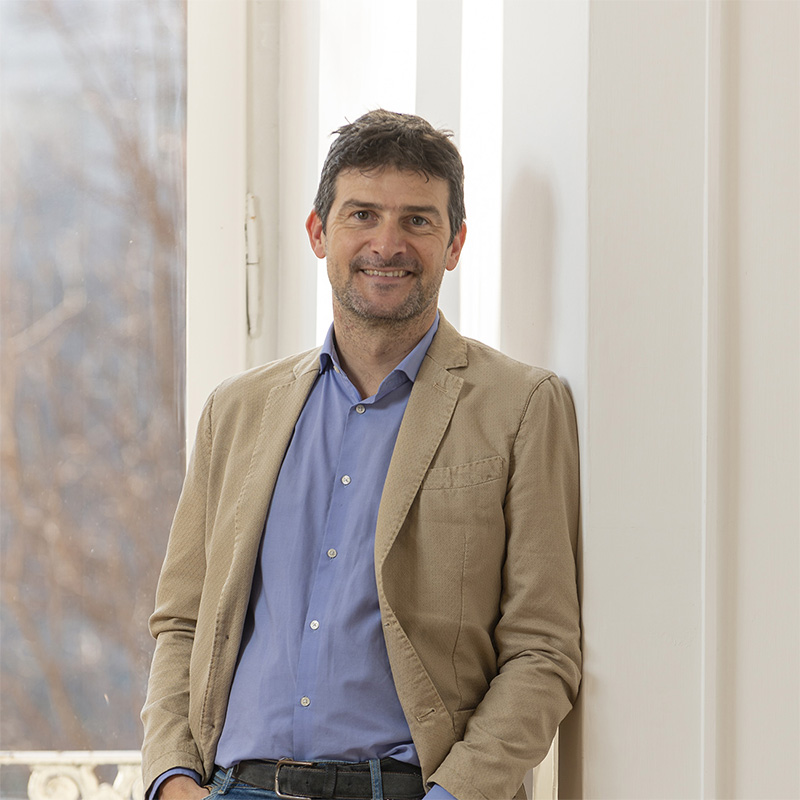New t33 study explores the impact of EU Public Procurement rules on regions and cities
JUN 2025

Publishing 15 March 2024
The study supporting the ex-post evaluation of the LIFE programme 2014 - 2020 has recently received approval from the Directorate General Environment of the European Commission. This project, led by VVA, in consortium with RPA, CSIL, t33, and Living Prospects, provided an opportunity for our colleague Ana Pasturel to delve into her research work as part of her thesis during the course of ‘European Governance’ at Sciences Po Grenoble.
Ana’s analysis focused on the bottom-up dynamics of the LIFE programme in Italy. Notably, LIFE has demonstrated remarkable success in Italy since its inception, showcasing its EU added value. This success can be attributed to the substantial number of projects launched and the adoption of good practices.
According to Ana’s research findings:
For those interested, a concise summary of Ana Pasturel’s master thesis is available here (written in Italian).
LIFE (short for ‘L’Instrument Financier pour l’Environnement’, translated to ‘Programme for Environment and Climate Action’ in English) serves as the key EU funding instrument dedicated to environmental and climate-related initiatives.
The LIFE programme 2014-2020 was designed with the aim of contributing to sustainable development and achieving the objectives outlined in the Europe 2020 Strategy. Additionally, it provides support for the implementation of the 7th Environmental Action Programme and other relevant EU environment and climate strategies and plans.
As part of the consortium, t33 focused on evaluating the EU added value criteria of the LIFE programme 2014-2020, along with assessing the implementation of the financial instruments (NCFF and PF4EE). The key findings from this evaluation are as follows:
The definition of ‘added value’ provided in the programme documentation, calls, and evaluation is broad and qualitative. However, the lack of specific indicators, guidance, or monitoring provisions defined at the programme level makes it challenging to quantify added value over the programme/project lifecycle.
Nature and biodiversity are well-documented fields where added value is acknowledged. However, there is limited evidence regarding resource efficiency, waste management, and water management issues.
Integrated projects demonstrate recognized added value in terms of thematic and geographical coverage, aiding Member States (MS) in effectively implementing EU environmental and climate policies. Additionally, cross-border networking and experience sharing contribute to added value in LIFE projects.
LIFE does not compete with national instruments in general and effectively adheres to the principles of subsidiarity and complementarity.
According to the latest available operational reports for the two financial instruments, 77% (€165 million) of the initially allocated value (€215 million) has been utilized.
The final evaluation report will be published shortly.
JUN 2025
MAY 2025
MAR 2025
MAR 2025
FEB 2025
MAR 2024